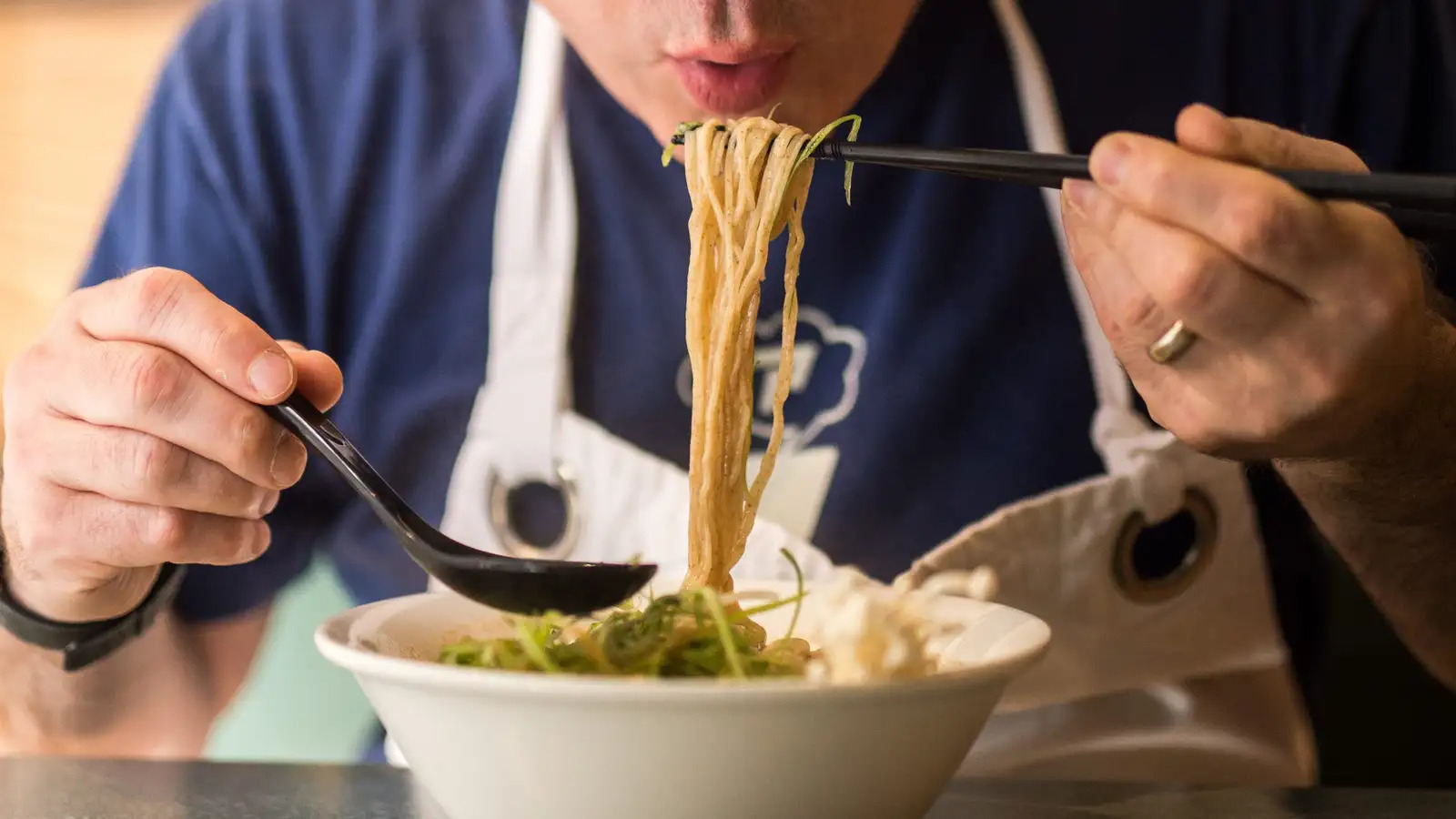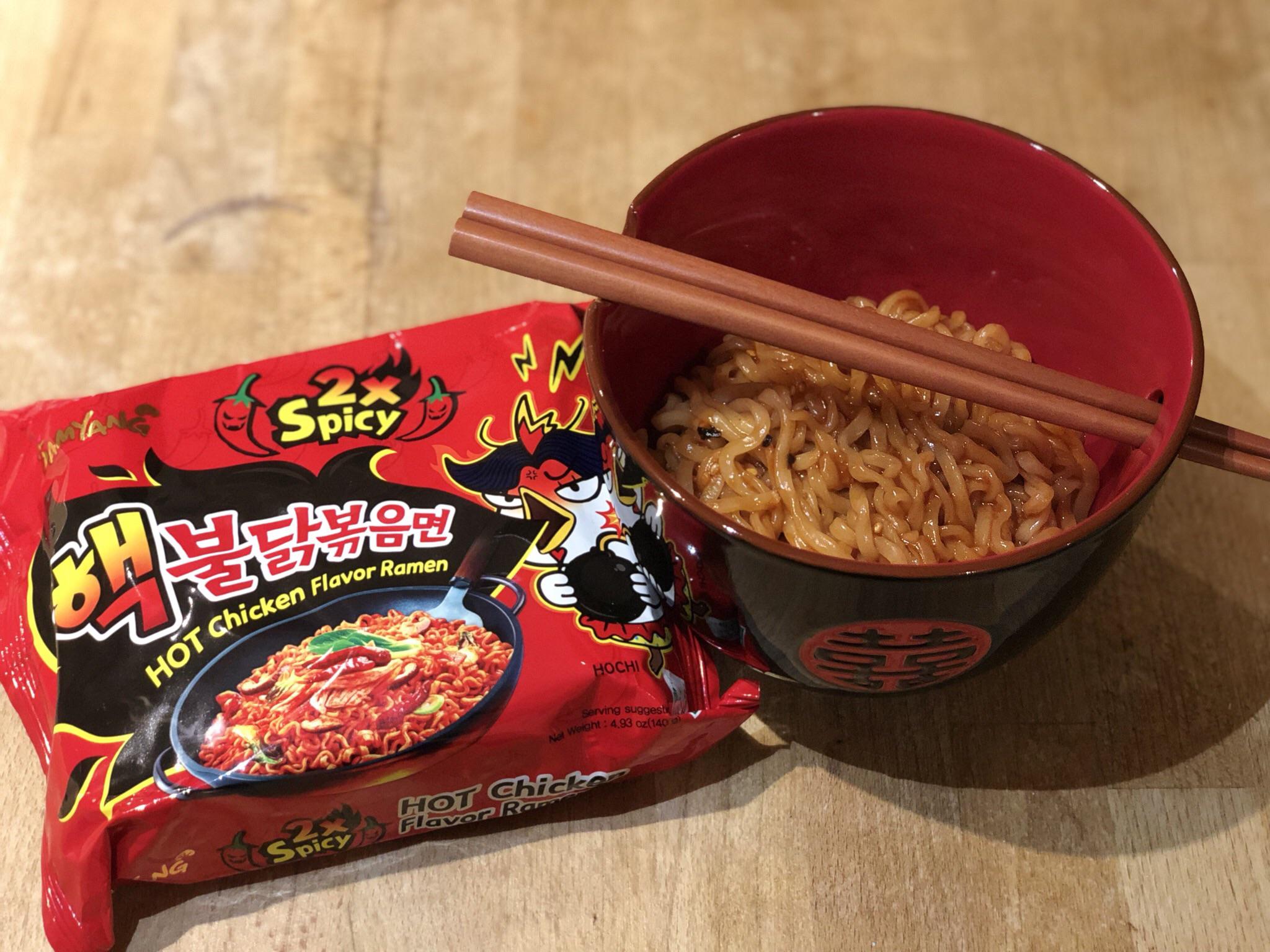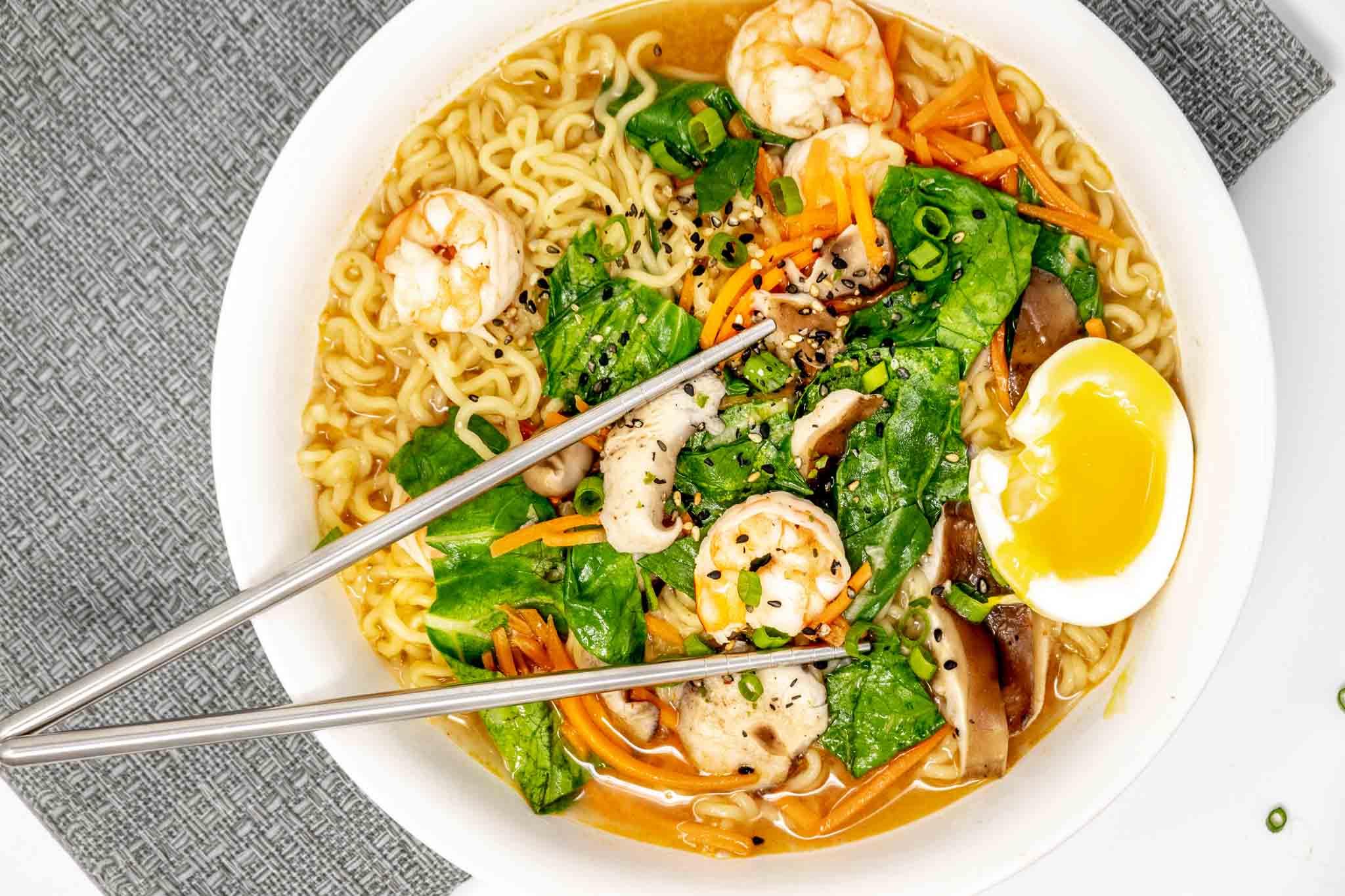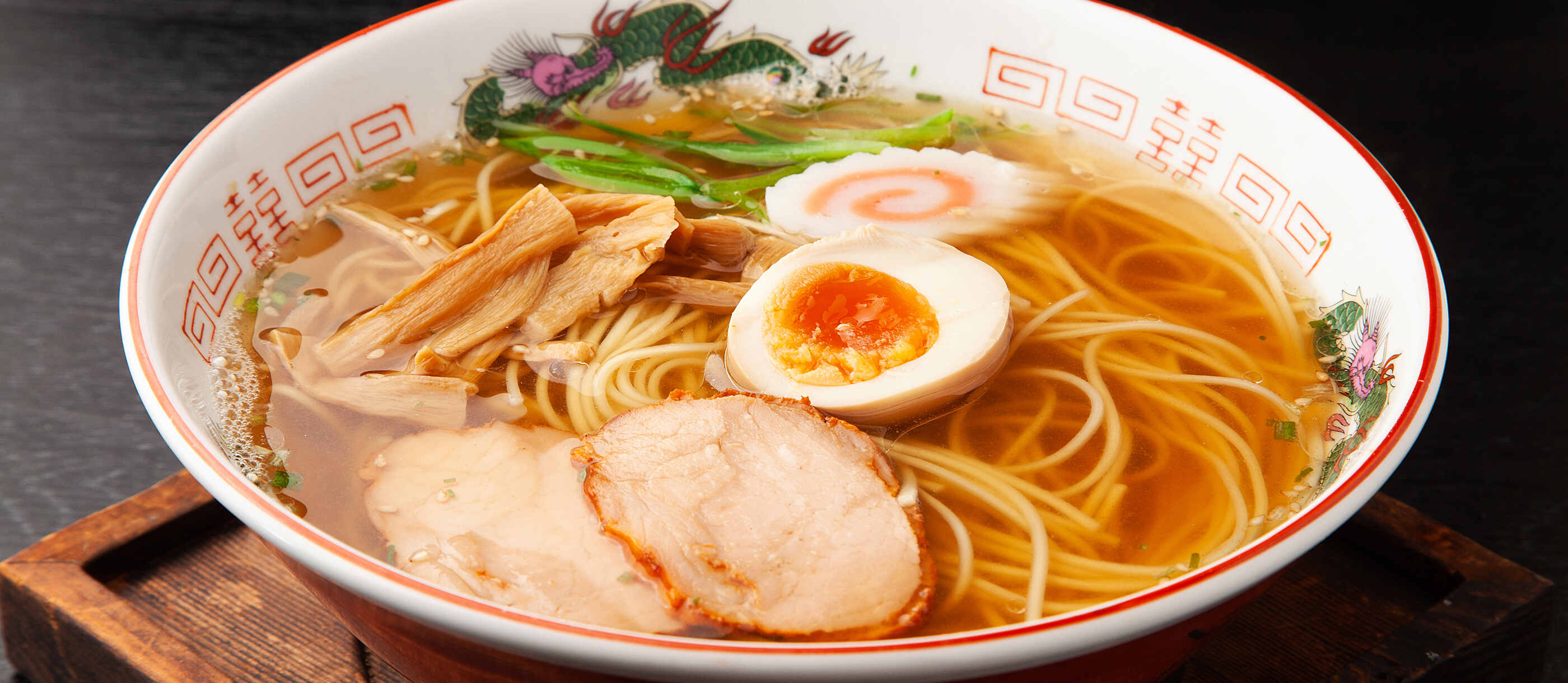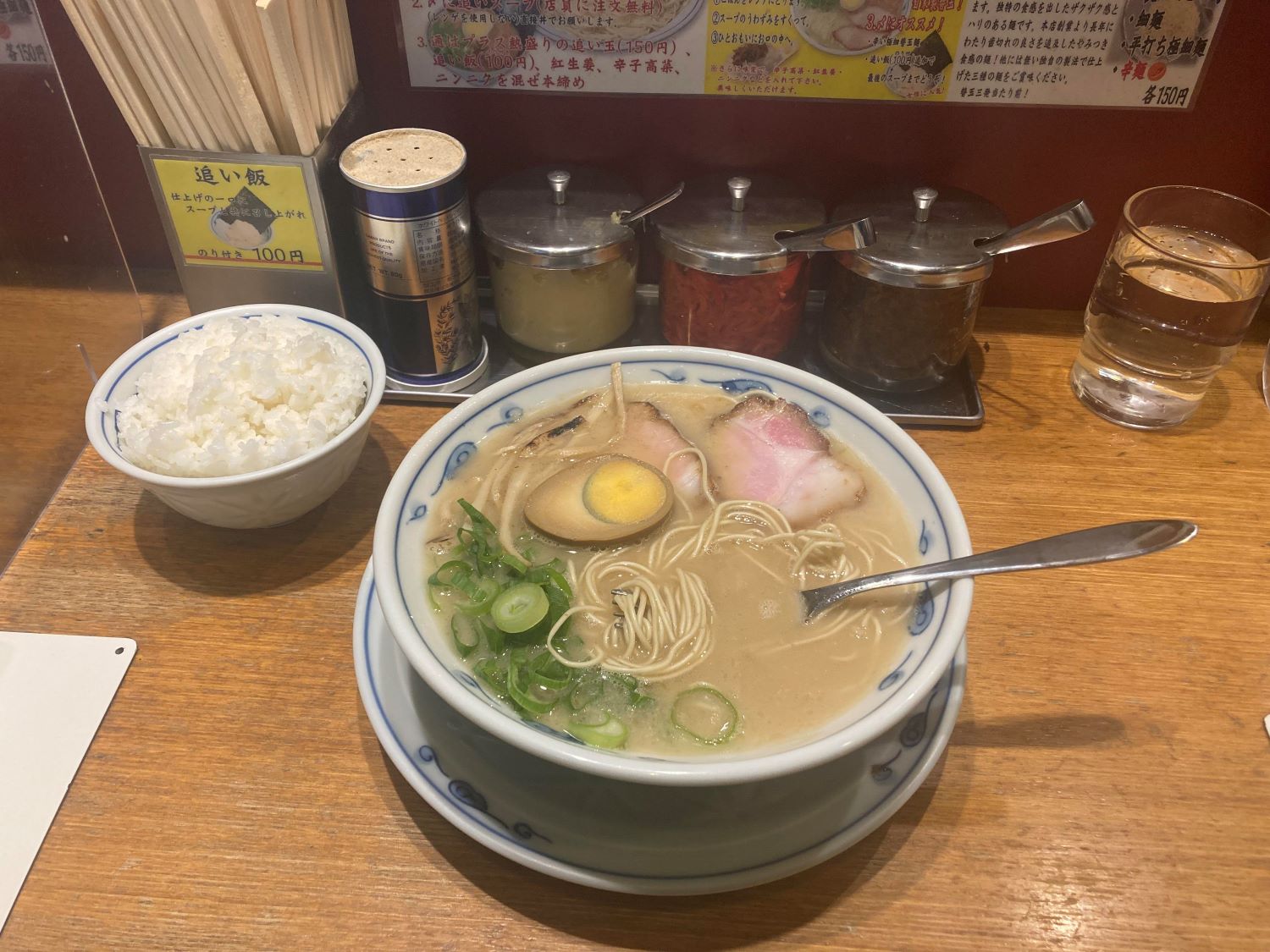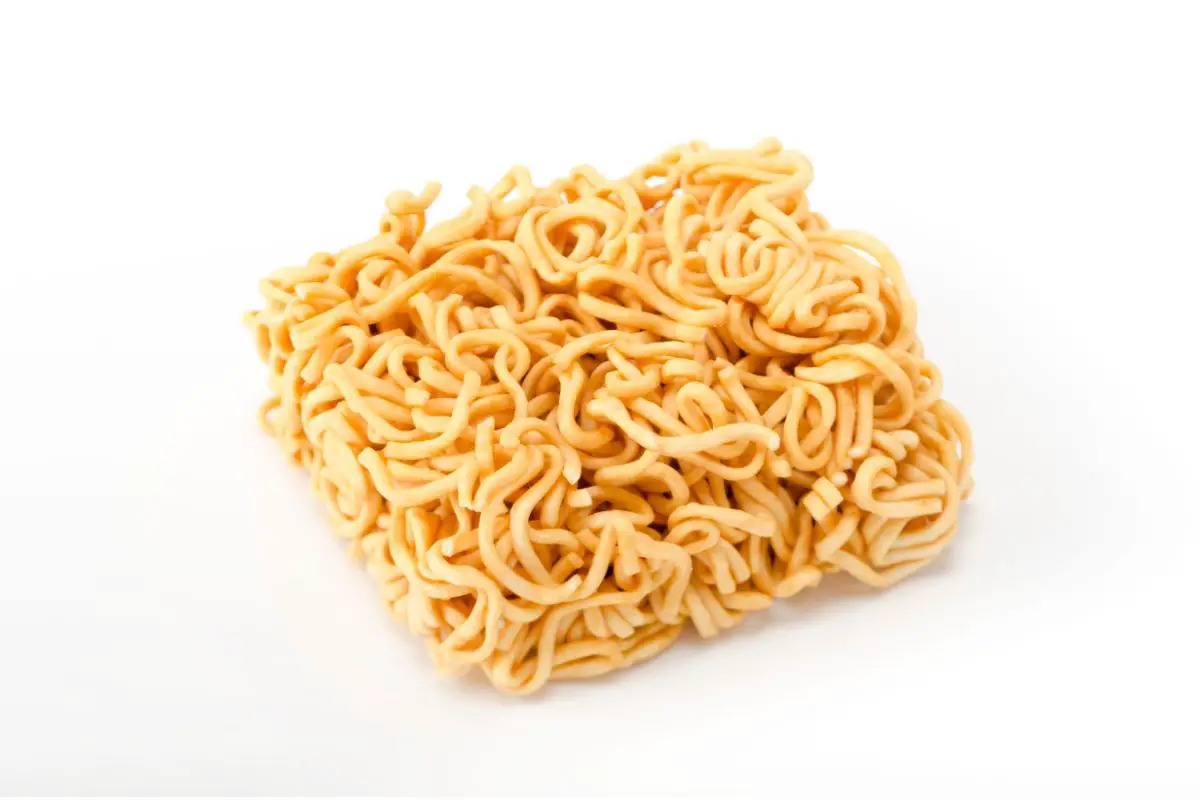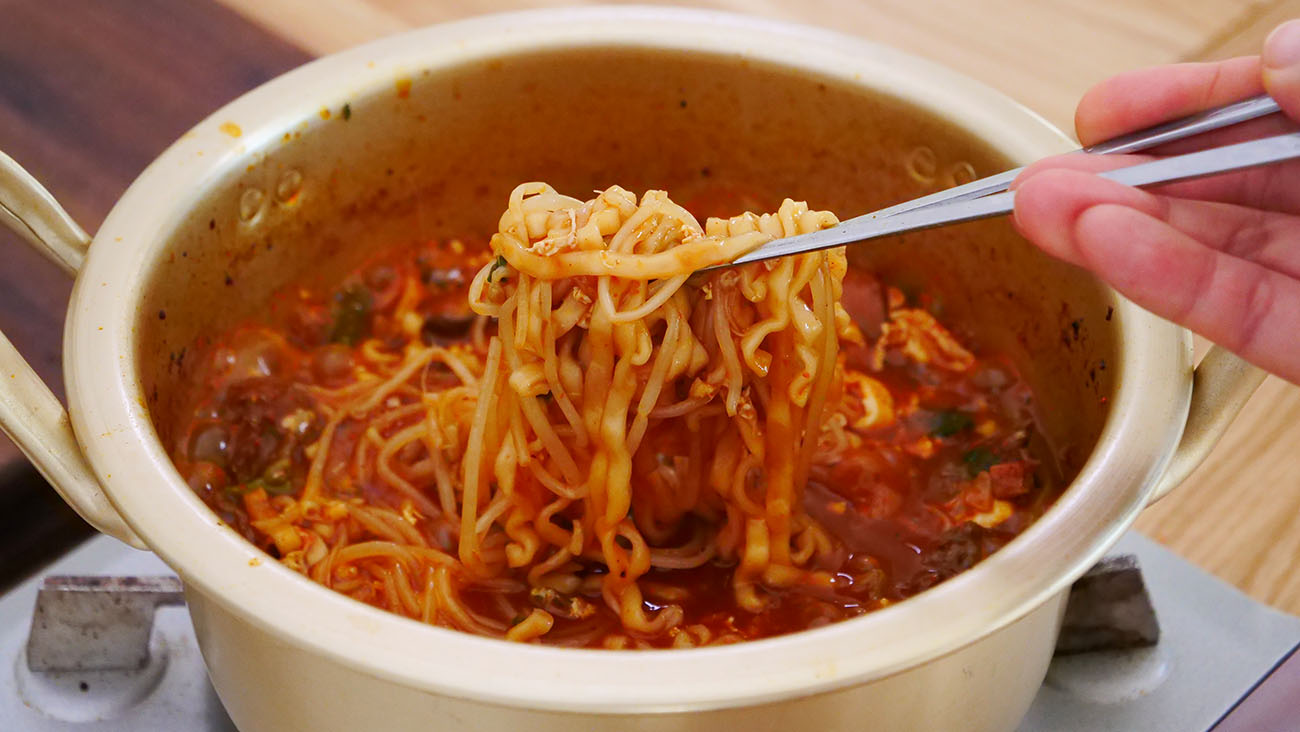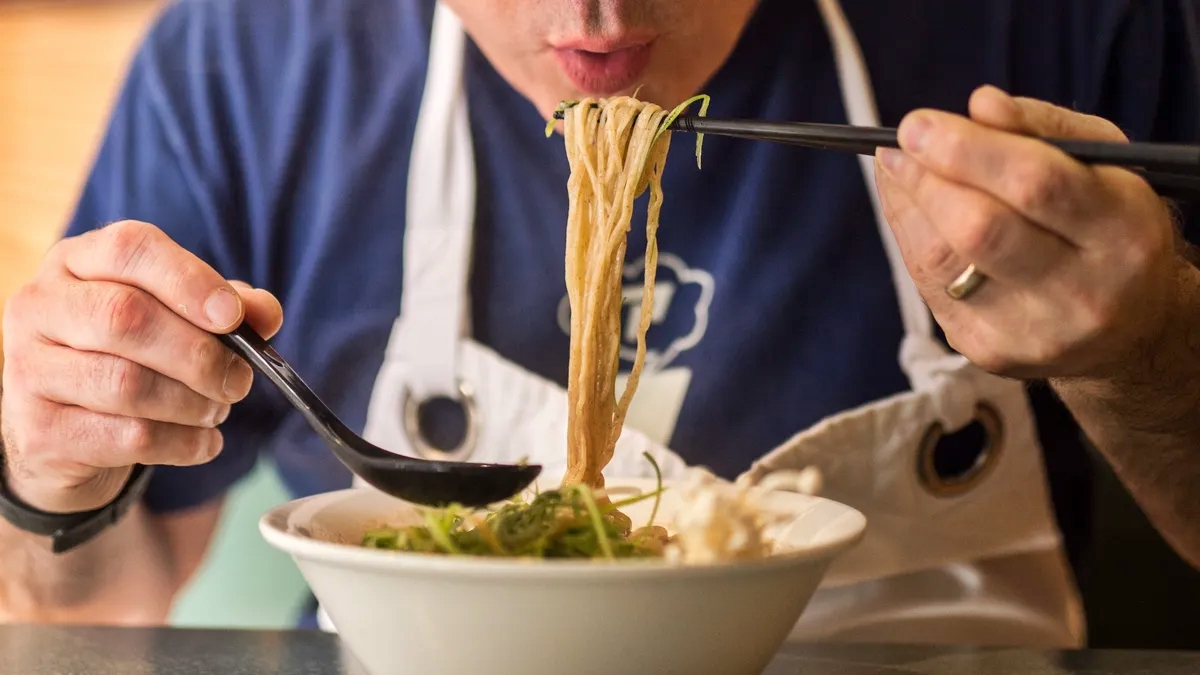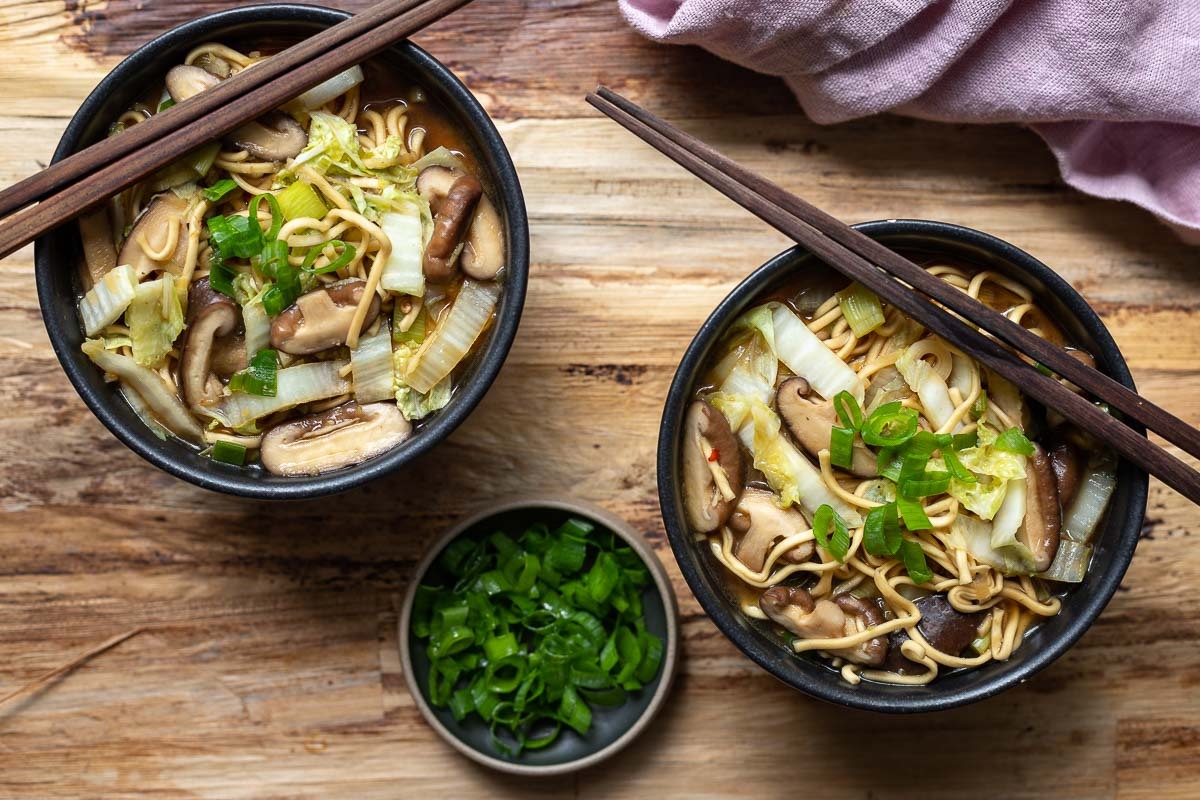How to Enjoy Ramen in a Healthy Way
Ramen is a popular and delicious dish that originated in Japan. While it is often associated with quick and convenient meals, it can also be enjoyed in a healthy and nutritious way. By making a few simple adjustments to your ramen preparation, you can elevate this classic dish into a wholesome and satisfying meal. Here are some tips on how to eat healthy ramen:
Choose Whole Grain Noodles
When selecting the type of noodles for your ramen, opt for whole grain varieties. Whole grain noodles are rich in fiber and essential nutrients, making them a healthier choice compared to refined noodles. They can help keep you full for longer and provide sustained energy throughout the day.
Load Up on Vegetables
Enhance the nutritional value of your ramen by adding a generous serving of vegetables. Whether it’s leafy greens, carrots, bell peppers, or mushrooms, incorporating a colorful array of vegetables into your ramen not only boosts its vitamins and minerals content but also adds delightful flavors and textures to the dish.
Opt for Lean Protein
For a balanced and nutritious meal, consider including lean protein sources in your ramen. Grilled chicken, tofu, or edamame are excellent options that can provide the necessary protein without excess saturated fats. Protein is essential for muscle repair and overall health, so it’s a valuable addition to your healthy ramen bowl.
Use Low-Sodium Broth
Many traditional ramen recipes call for high-sodium broth, which can contribute to elevated blood pressure and other health concerns. To make your ramen healthier, look for low-sodium or reduced-sodium broth options. Alternatively, you can prepare your own broth using natural ingredients and minimal salt, allowing you to control the sodium content of your dish.
Embrace Flavorful Seasonings
Instead of relying solely on pre-packaged seasoning packets, experiment with flavorful seasonings that are lower in sodium and free from artificial additives. Fresh herbs, spices, and aromatics such as ginger, garlic, and chili flakes can elevate the taste of your ramen without compromising its healthfulness.
Mindful Portion Control
While enjoying a bowl of healthy ramen, it’s important to practice portion control. Be mindful of the quantity of noodles, broth, and toppings you consume to maintain a balanced intake of calories and nutrients. Eating slowly and savoring each bite can help you feel satisfied with a smaller portion.
Customize Your Toppings
Customizing your ramen toppings allows you to tailor the dish to your nutritional preferences. Consider adding seaweed for its rich mineral content, a soft-boiled egg for additional protein, or a sprinkle of sesame seeds for a dose of healthy fats. These personalized touches can enhance both the visual appeal and nutritional profile of your ramen.
Conclusion
With a few mindful choices and creative additions, you can transform a humble bowl of ramen into a nourishing and satisfying meal. By prioritizing whole ingredients, balanced flavors, and portion awareness, you can savor the comforting experience of enjoying ramen while supporting your overall well-being. Embrace the versatility of ramen and make it a part of your healthy eating repertoire.

